ABA Therapy and Self Advocacy Skills
Explore ABA therapy and self-advocacy skills to empower individuals with autism and enhance their growth!

Understanding ABA Therapy

ABA Therapy Overview
Applied Behavior Analysis (ABA) therapy is a widely recognized approach for supporting individuals with autism. This therapy focuses on enhancing specific behaviors and skills by analyzing and modifying their environment and teaching techniques. The process often begins with a detailed assessment, which helps to identify the individual's strengths and needs.
ABA therapy employs a range of strategies to facilitate learning and behavior modification. Intervention plans are individualized to align with each person's unique skills, needs, interests, and family dynamics. This customized approach ensures that the goals address relevant areas for personal development, including communication, social skills, and daily living activities.
Key components of ABA therapy include:
For more on visual aids used in ABA, see ABA therapy and visual schedules.
Role of Behavior Analysts
The implementation of ABA therapy heavily relies on the expertise of Board-Certified Behavior Analysts (BCBAs). These professionals are responsible for designing and overseeing the therapy programs tailored to the individual's specific needs [1].
The responsibilities of BCBAs include:
Effective collaboration between parents, caregivers, BCBAs, and ABA therapists is essential for achieving successful results. Open communication regarding progress, challenges, and strategies can lead to a more efficient treatment plan tailored to the child's evolving needs [3].
By fostering a team environment, BCBAs work closely with families, promoting a supportive atmosphere that aids in the child's development and long-term success. For additional insights into ABA therapy's integration with social skills, explore ABA therapy and social skills groups.
Principles of ABA Therapy
Understanding the core principles of Applied Behavior Analysis (ABA) is essential for parents and caregivers looking to support individuals with autism. Two fundamental components of ABA therapy are positive reinforcement and individualized programs.
Positive Reinforcement
Positive reinforcement is a primary strategy used in ABA therapy. It aims to increase desired behaviors by providing rewards that individuals find valuable, such as praise, toys, books, or access to enjoyable activities like watching a video or playing at a playground. This technique not only encourages positive behavior changes but also helps in strengthening and maintaining those behaviors over time [4].
Here’s a summary of how positive reinforcement works:
BehaviorRewardResultAsking politely for a toyPraise and the toyIncreases polite requestsCompleting homeworkStickers or treatsEncourages responsibilitySharing with peersFun activityPromotes social skills
Positive reinforcement is thus a powerful method in helping individuals with autism engage in desirable behaviors more frequently [2].
Individualized Programs
Individualized programs are another essential aspect of ABA therapy. Each program is carefully designed by a board-certified behavior analyst (BCBA) who conducts a detailed assessment of the individual’s skills, needs, and preferences. This tailored approach ensures that everyone receives instruction and support suited to their specific situation [1].
Key features of individualized programs include:
This personalized focus helps individuals develop essential skills, improve behavior, and enhances the effectiveness of the therapy. For further insights on ABA therapy's role in various contexts, such as aba therapy and parent coaching or aba therapy for adolescents with autism, explore the linked articles.
Benefits of ABA Therapy
ABA therapy offers a wide range of benefits for individuals with autism, particularly in the areas of intellectual gains and language development. Research indicates that tailored ABA programs can significantly enhance the overall functioning of children with autism.
Intellectual Gains
Applied Behavior Analysis (ABA) therapy has been shown to improve intellectual functioning in individuals diagnosed with autism. According to various studies, including one from the 1970s, 47% of children who received ABA treatment reached normal intellectual and educational functioning levels. In contrast, only 2% of the control group achieved similar outcomes [2].
Long-term therapy utilizing ABA principles has led to notable improvements across different cognitive domains. An analysis of over 20 studies confirms that intensive ABA therapy positively influences intellectual abilities, daily living skills, and social functioning.
Study YearPercentage Reaching Normal Functioning1970s47% in ABA group1970s2% in control group
Language Development
Language development is another significant benefit of ABA therapy. Implementing structured communication strategies helps individuals with autism acquire essential language skills. Evidence supports that children undergoing ABA therapy achieve greater progress in verbal communication compared to those who don't receive this type of intervention.
Youth involved in ABA programs often demonstrate improvements in speech, vocabulary, and the ability to construct sentences. These language skills are vital for effective self-advocacy as they empower individuals to express their needs, feelings, and preferences. Enhancing language development through ABA contributes to better social interaction and integration into various community activities [2].
For parents and caregivers exploring options for supporting their children's development, knowing the advantages of ABA therapy can be crucial in decision-making. Programs focusing on aba therapy and parent coaching or aba therapy for adolescents with autism may further augment these benefits, leading to improvements in self-advocacy skills for individuals with autism.
Self-Advocacy for Individuals with Autism
Importance of Self-Advocacy
Self-advocacy is a crucial skill for individuals on the autism spectrum. It empowers them to express their needs and preferences effectively, contributing significantly to their overall well-being and social integration [5]. By developing self-advocacy skills, individuals gain the ability to communicate their thoughts, feelings, and desires confidently. This empowerment can lead to greater independence and improved interactions within their communities.
Self-advocacy is essential for fostering independence. It encourages individuals to take ownership of their lives, make informed choices, and navigate various social situations. Additionally, as individuals learn to advocate for themselves, they become more adept at seeking support when necessary, which is vital for their ongoing development and success in adulthood [2].
Developing Self-Awareness
Self-awareness plays a vital role in the self-advocacy process. Understanding personal strengths and weaknesses is necessary for individuals to articulate their needs effectively. Self-awareness allows individuals to recognize their unique challenges and triumphs, which can enhance their ability to express themselves clearly and assertively.
Acquiring self-advocacy skills has a positive correlation with fulfillment in adulthood for individuals with autism. The ability to identify personal goals and preferences significantly impacts their quality of life. Programs that focus on developing self-awareness can aid individuals in honing these essential skills.
The following table illustrates the relationship between self-advocacy skills, self-awareness, and independence:
Skill CategoryImpact on Life QualityOutcomesSelf-AdvocacyIncreases communication confidenceGreater participation in decisionsSelf-AwarenessEnhances understanding of selfImproved personal goal-settingIndependenceAllows for informed choicesGreater autonomy in daily activities
By fostering both self-advocacy and self-awareness, parents and caregivers can significantly influence positive outcomes for individuals on the autism spectrum. Programs that incorporate these elements, such as ABA therapy and parent coaching, can be particularly effective in promoting these essential life skills.
Peer Modeling in ABA Therapy
Peer modeling is a valuable technique used within ABA therapy to enhance learning experiences for children with autism. It emphasizes the importance of interacting with peers to develop social skills and self-advocacy abilities.
Learning Social Cues
Learning social cues is a fundamental aspect of peer modeling. Children with autism may struggle to interpret non-verbal communication, such as facial expressions or body language. Implementing peer modeling techniques within ABA therapy allows children to observe their peers and learn appropriate responses in social situations. This method provides a practical environment where they can practice these skills in real-time and reinforces the concepts of turn-taking, maintaining conversations, and initiating social interactions effectively.
Direct instruction also plays a significant role in this learning process. By providing examples and practice opportunities, individuals gain a better understanding of how to advocate for themselves. This is essential for acquiring proper social and communication strategies necessary for self-advocacy [5].
Skill AreaDescriptionLearning MethodSocial CuesUnderstanding body language and expressionsPeer ModelingConversational SkillsEngaging in dialogues and maintaining discussionsDirect InstructionInitiationStarting conversations with peersPeer Interaction
Assertiveness Skills
Assertiveness is another critical focus area in developing self-advocacy skills among individuals with autism. It enables them to express their needs and preferences confidently and effectively. Through peer modeling, children can see how their peers assertively communicate their thoughts and feelings, providing them with examples of successful interactions.
Research indicates a positive correlation between self-advocacy skills and fulfillment in adulthood for individuals with autism. By fostering assertiveness in a supportive environment, individuals learn to voice their opinions, negotiate, and establish boundaries. These skills contribute significantly to their overall well-being and social integration.
Incorporating peer-mediated interventions can enhance the development of assertiveness skills, allowing individuals to engage in role-playing scenarios that simulate real-life situations. This experiential learning promotes confidence in their ability to advocate for themselves in various settings, ultimately leading to empowering experiences both socially and personally.
Skill AreaDescriptionLearning MethodAssertivenessCommunicating needs and opinions clearlyPeer Modeling and Role-PlayingNegotiationUnderstanding how to discuss and reach agreementsDirect InstructionBoundary SettingLearning to assert personal limitsPeer Interaction
Through effective peer modeling, children with autism are equipped with essential tools that aid in social integration and enhance their self-advocacy skills. The ability to learn from peers not only supports their development but also fosters meaningful relationships with others. For additional strategies, refer to our articles on ABA therapy and social skills groups and ABA therapy and vocational skills.
Controversies Surrounding ABA Therapy
ABA therapy, while widely used, is not without controversy. Many debates center around the criticisms of the therapy and differing perspectives among parents, caregivers, and professionals.
Criticisms of ABA
Critics argue that ABA therapy can inflict harm on individuals with autism. Research highlights that ABA often teaches autistic children to hide sensory pain, which may increase the likelihood of PTSD and suicidality among them. Studies have shown that nearly half (46%) of respondents who experienced ABA therapy met the diagnostic threshold for PTSD, indicating concerning mental health consequences. Furthermore, autistics exposed to ABA have reported significantly higher PTSD symptoms compared to those who did not undergo this therapy.
Additionally, many believe that ABA is unethical and ineffective. Critics emphasize that teaching autistic masking through ABA can have lifelong negative mental health effects. Research indicates that there is no correlation between the number of hours of ABA services provided and quality of life improvements for autistic children.
Many activists express concerns regarding the suppression of self-stimulatory behaviors, known as "stimming," which play an essential role in helping individuals with autism manage stress and regulate emotions. While behavior analysts often view these behaviors as stereotypical and undesirable, they fail to recognize the benefits that stimming can provide.
Debates and Perspectives
The perspectives on ABA therapy are varied, leading to persistent debates. Supporters of ABA argue that it helps individuals with autism develop critical skills and improve social interactions. They believe that structured interventions can lead to significant progress in the lives of those with autism.
Contrarily, opponents and many autistic advocates assert that the therapy often prioritizes normalization over the well-being of the individual. They argue that genuine acceptance of neurodiversity should replace interventions aimed solely at conformity. This perspective aims to empower individuals with autism to embrace their identities, rather than forcing them to suppress vital aspects of themselves.
As the discussion on ABA therapy evolves, it raises essential questions regarding the balance between teaching adaptive skills and preserving the mental health and authentic selves of individuals with autism. This ongoing dialogue is crucial as parents and caregivers consider the implications of ABA therapy for their loved ones and the development of self-advocacy skills.
Find More Articles
Contact us
North Carolina, Tennessee, Nevada, New Jersey, Utah, Virginia
New Hampshire, Maine
Massachusetts, Indiana, Arizona, Georgia
.avif)






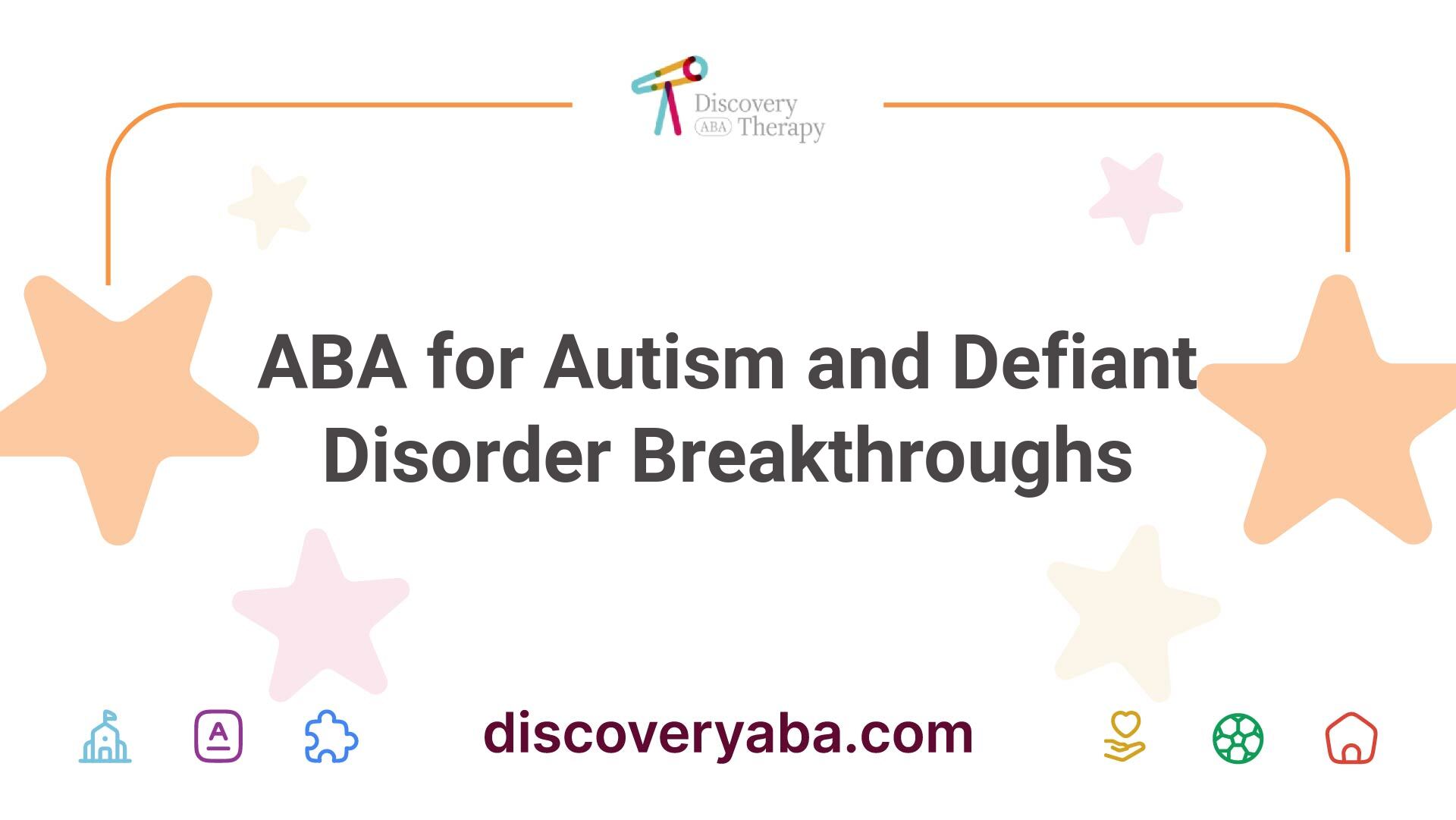





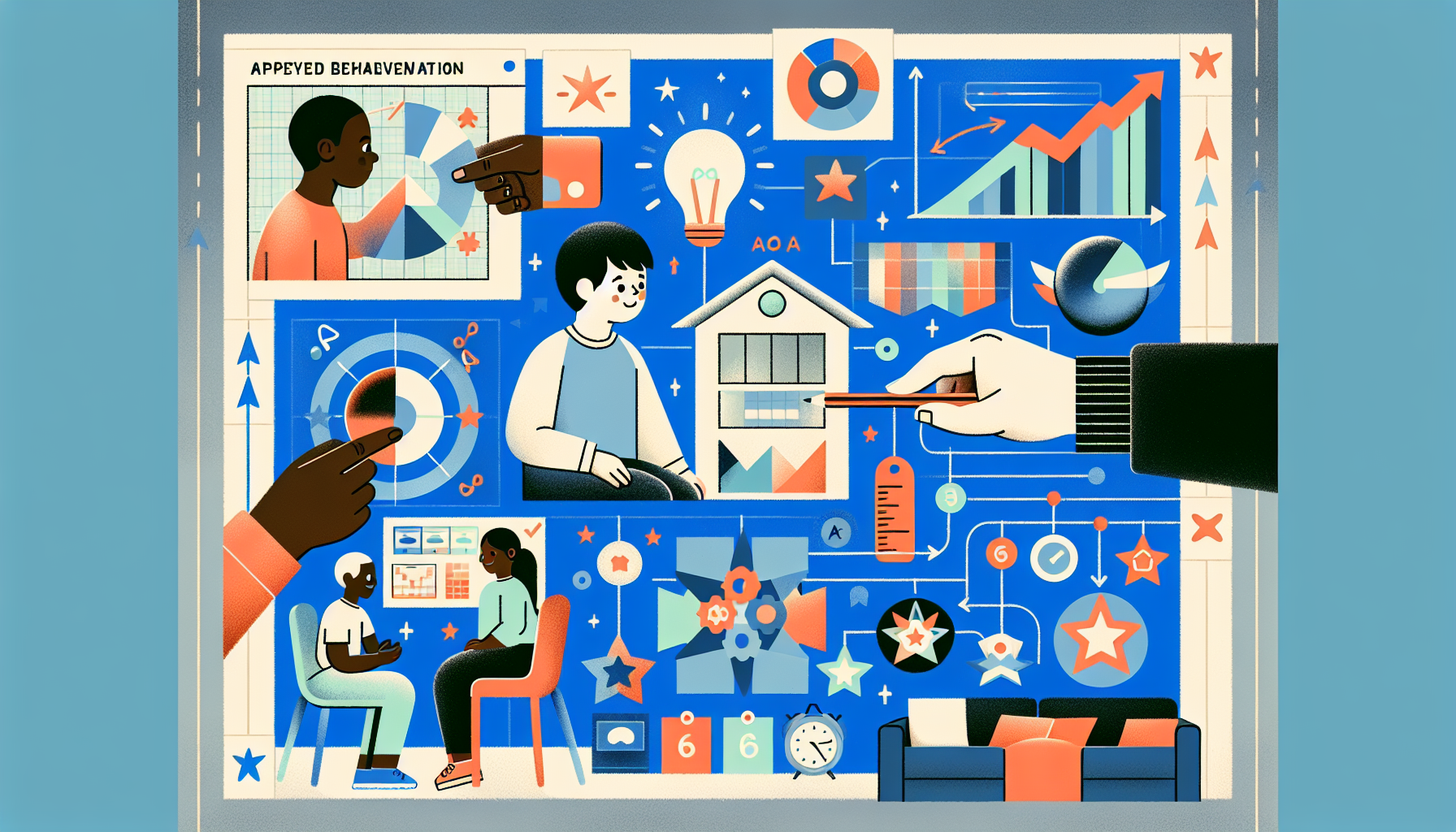
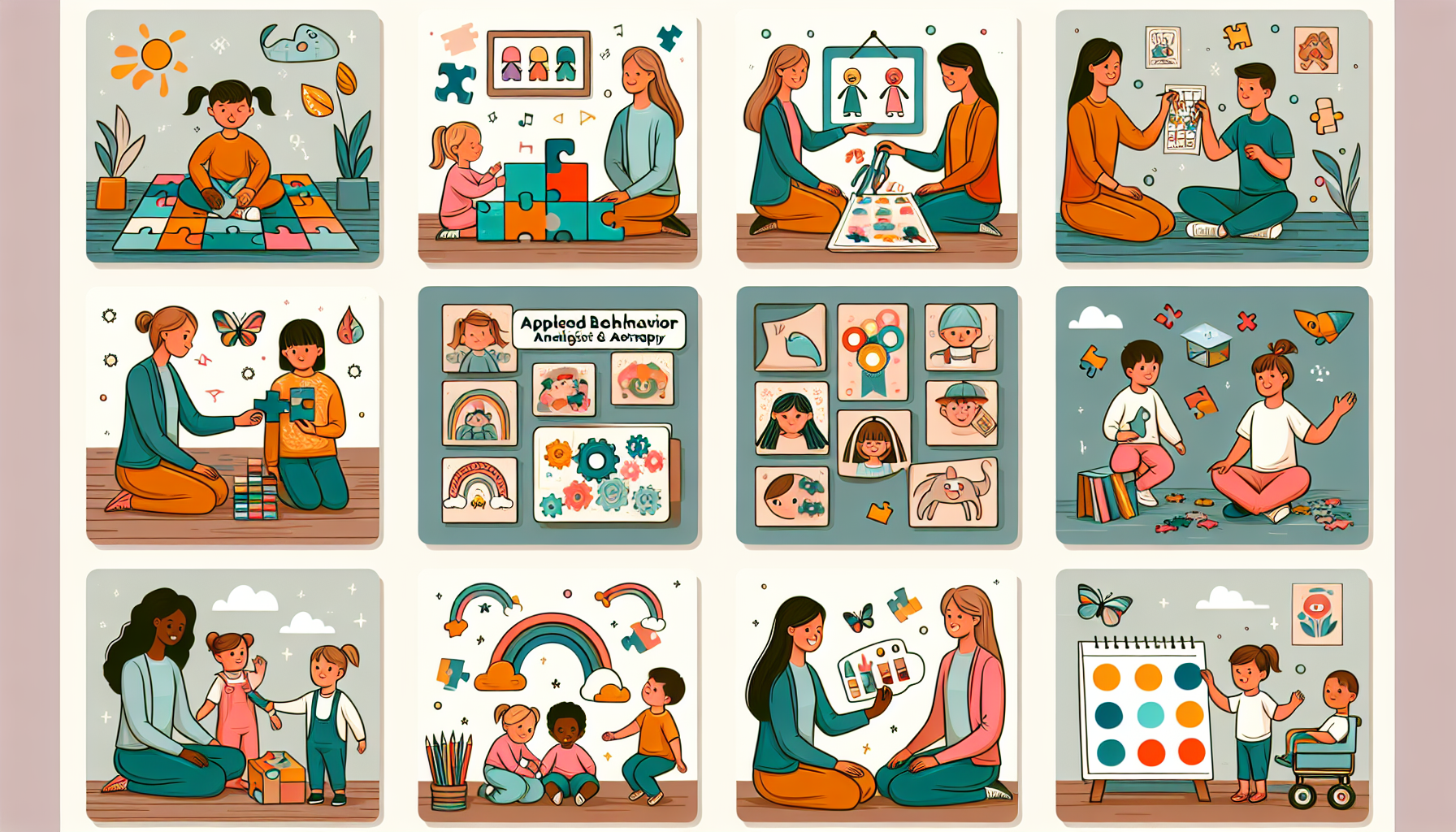
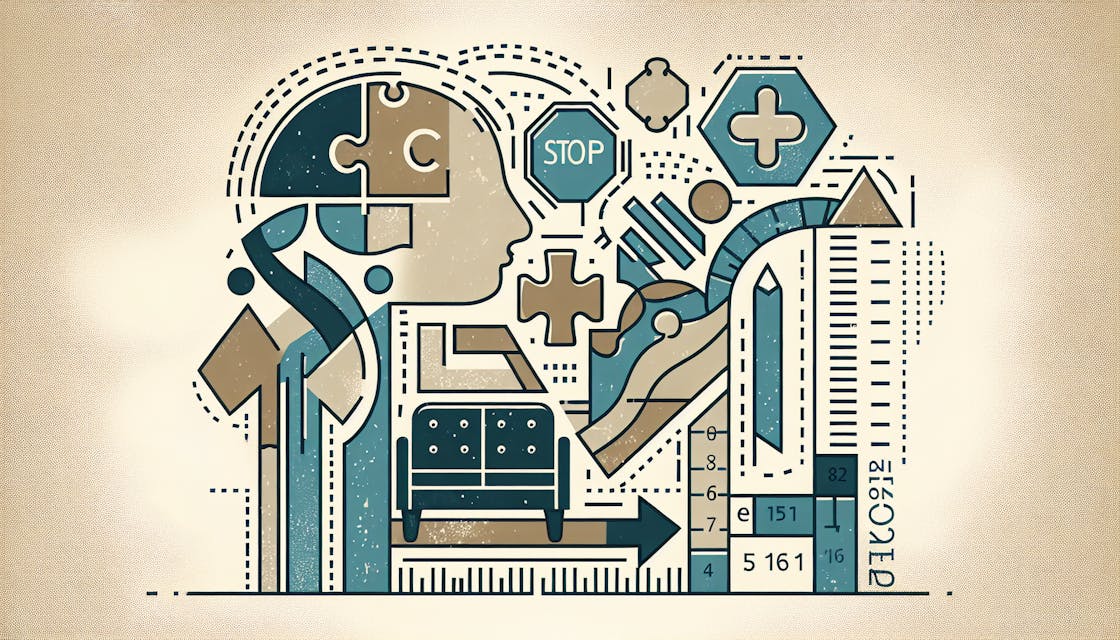



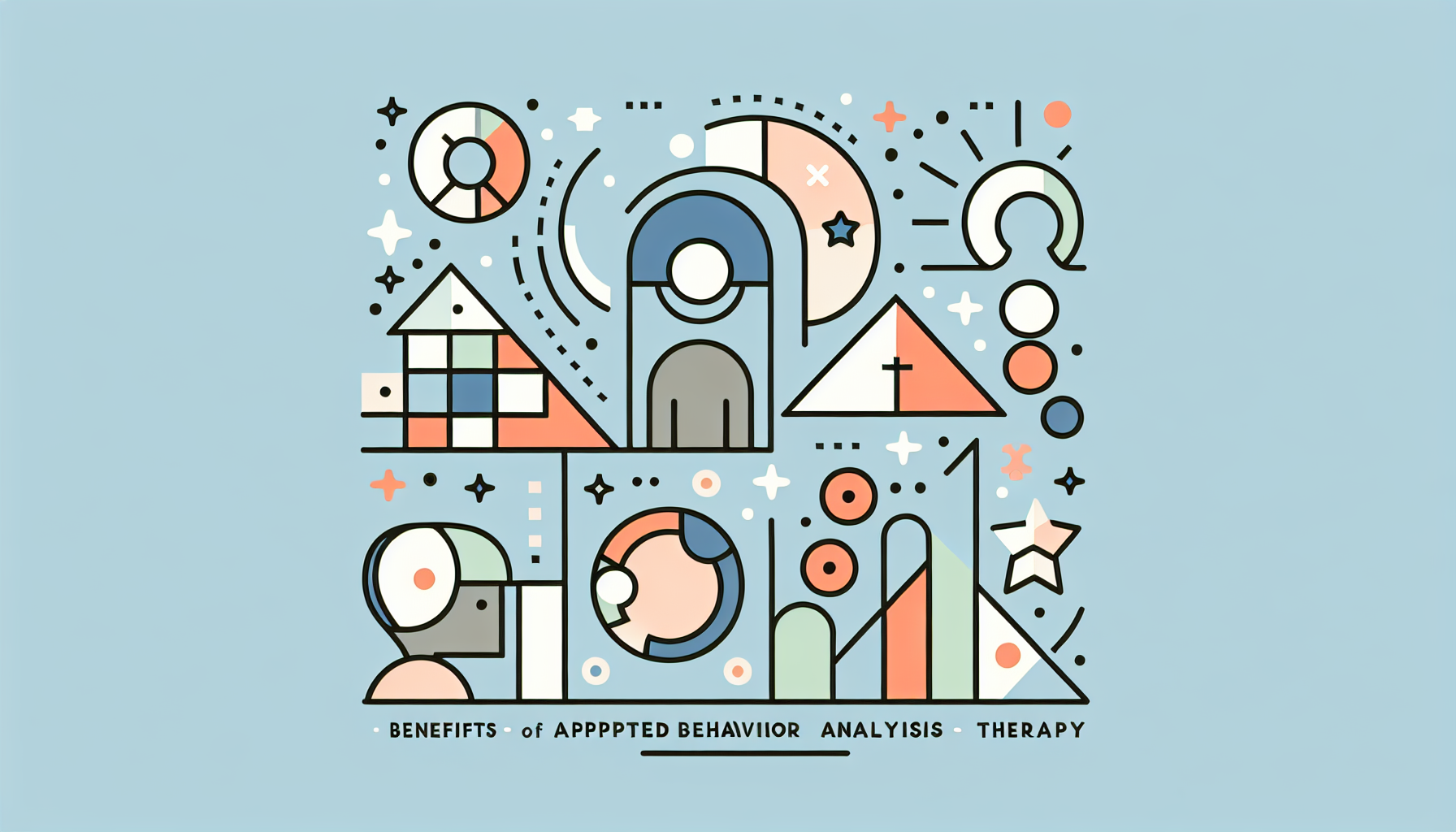






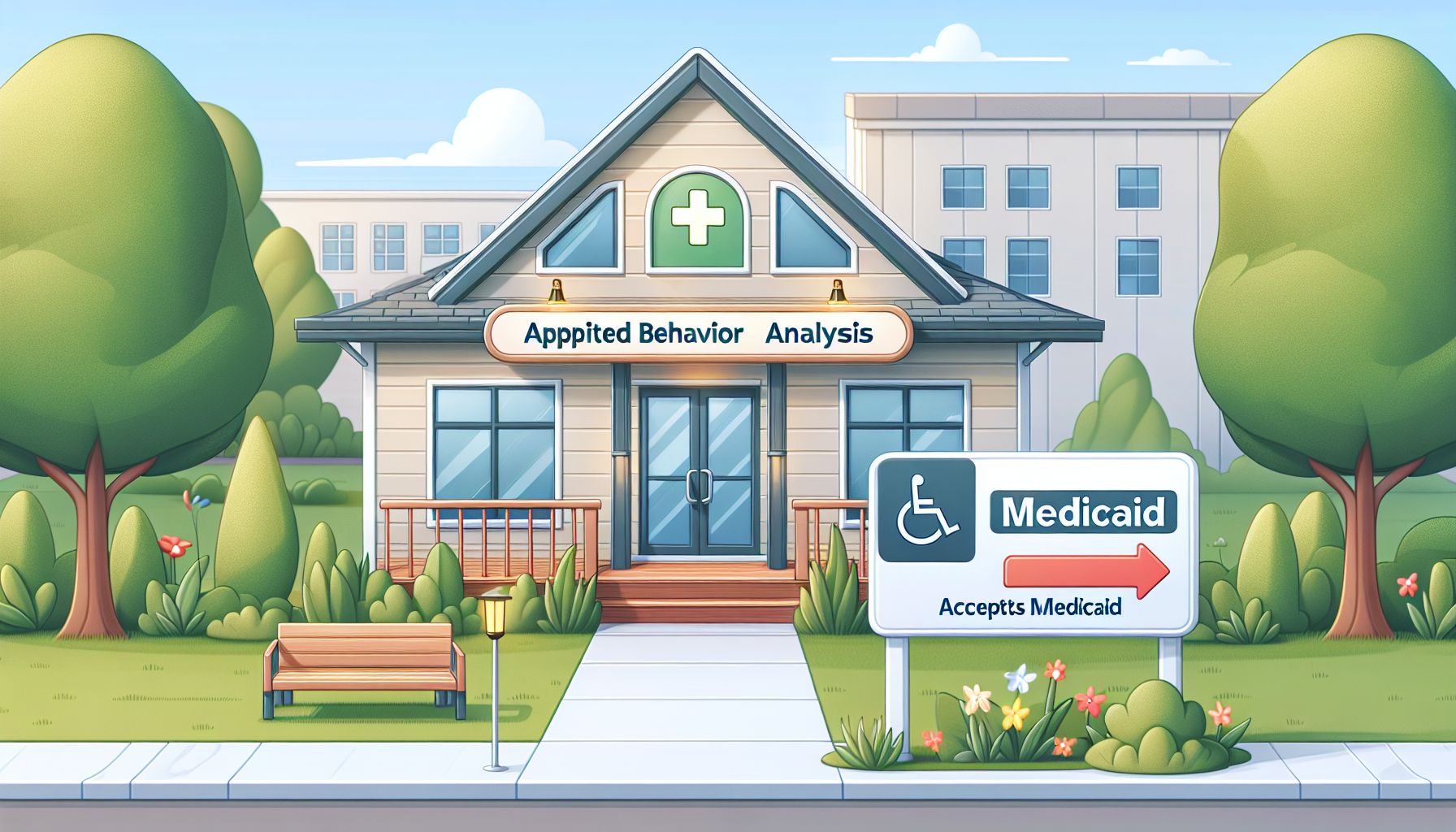




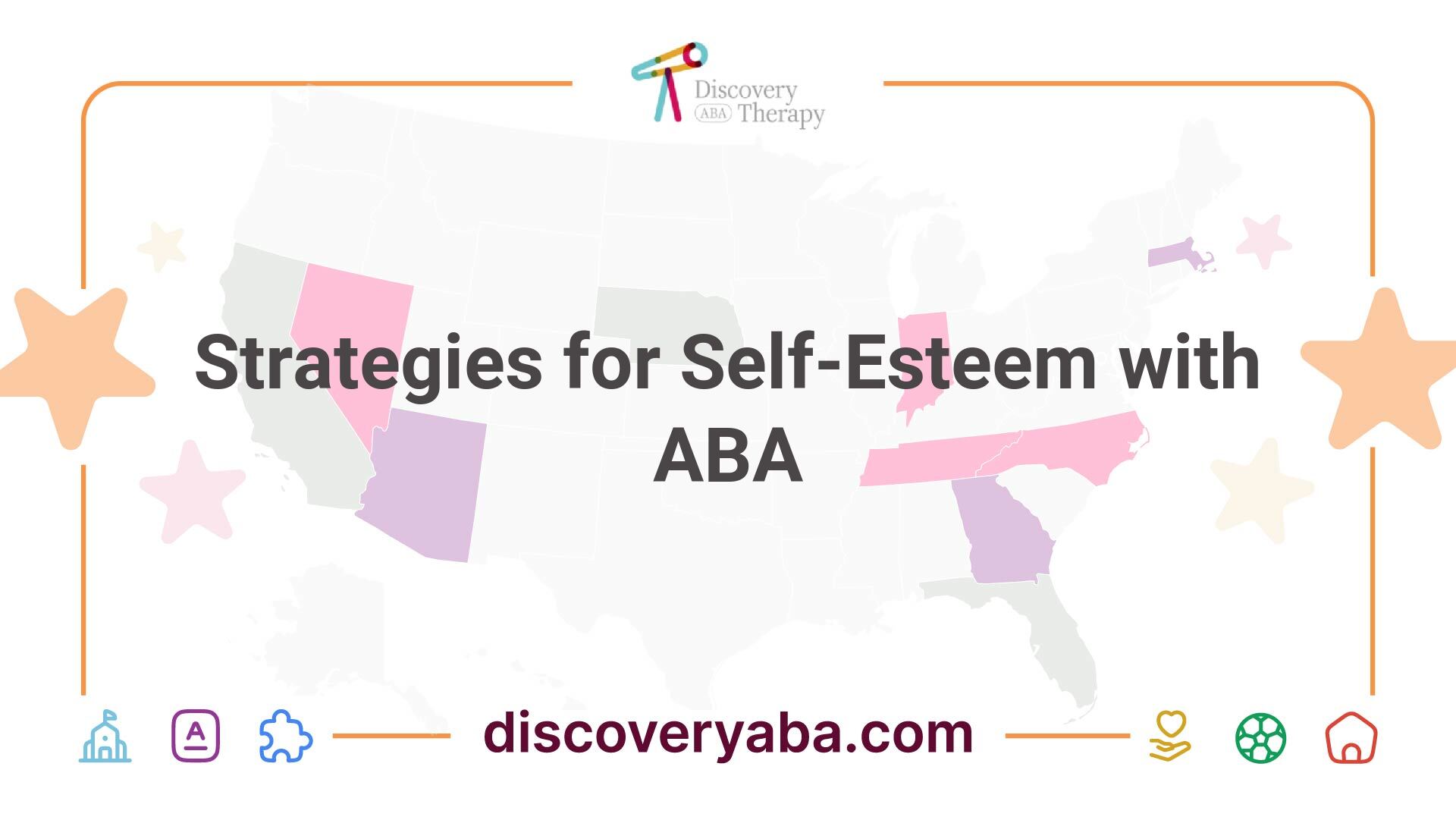




.jpeg)
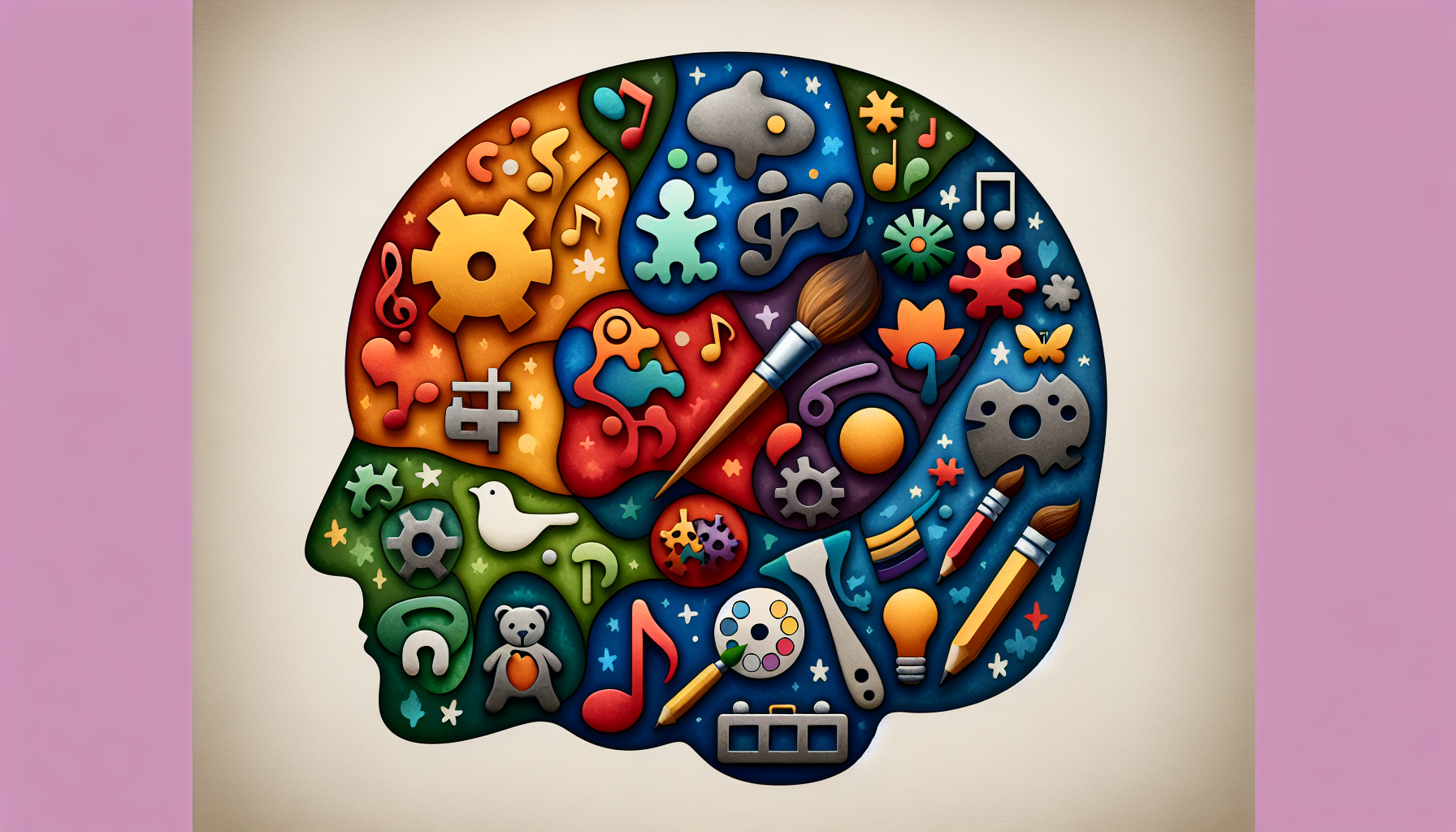

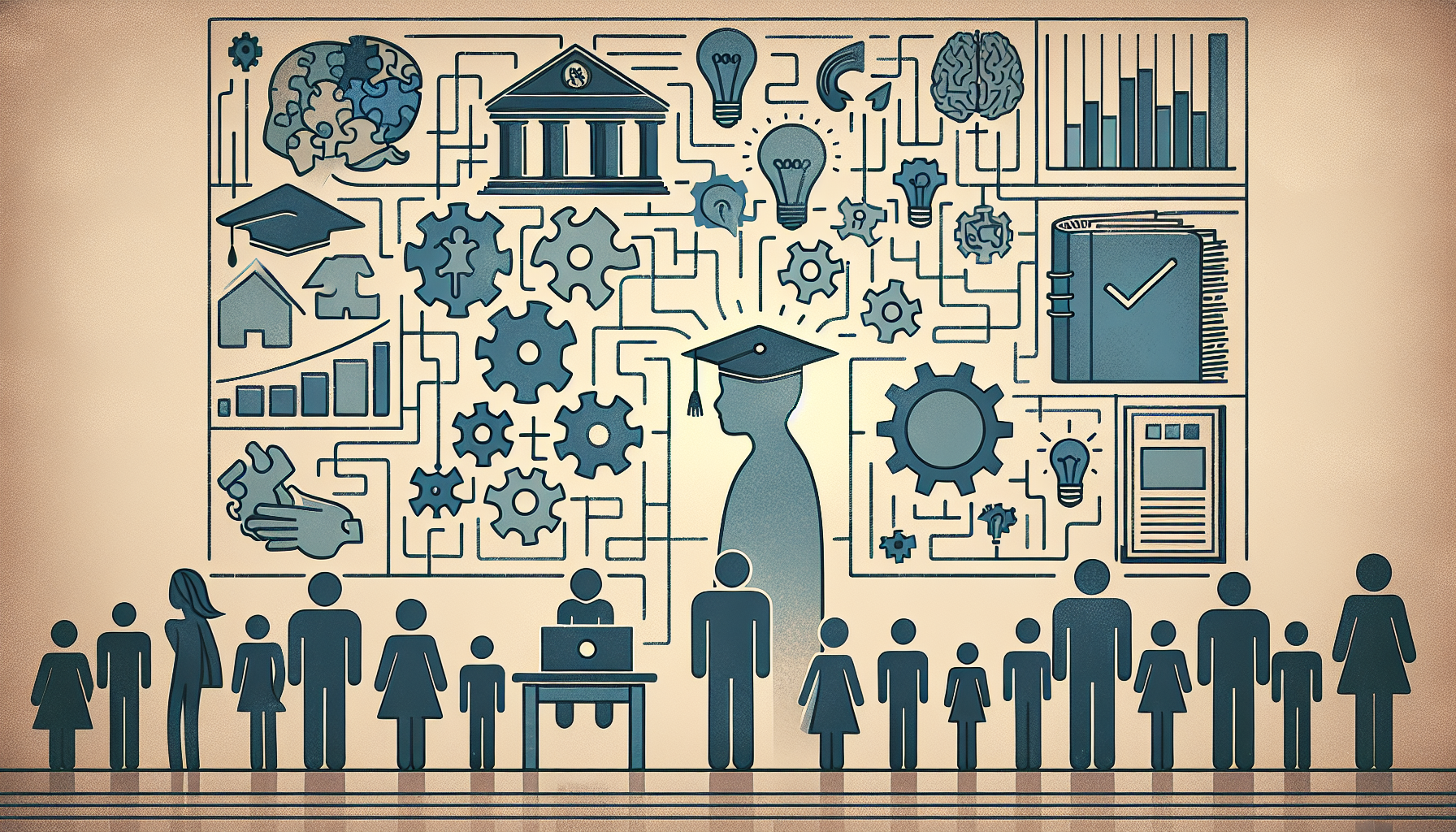




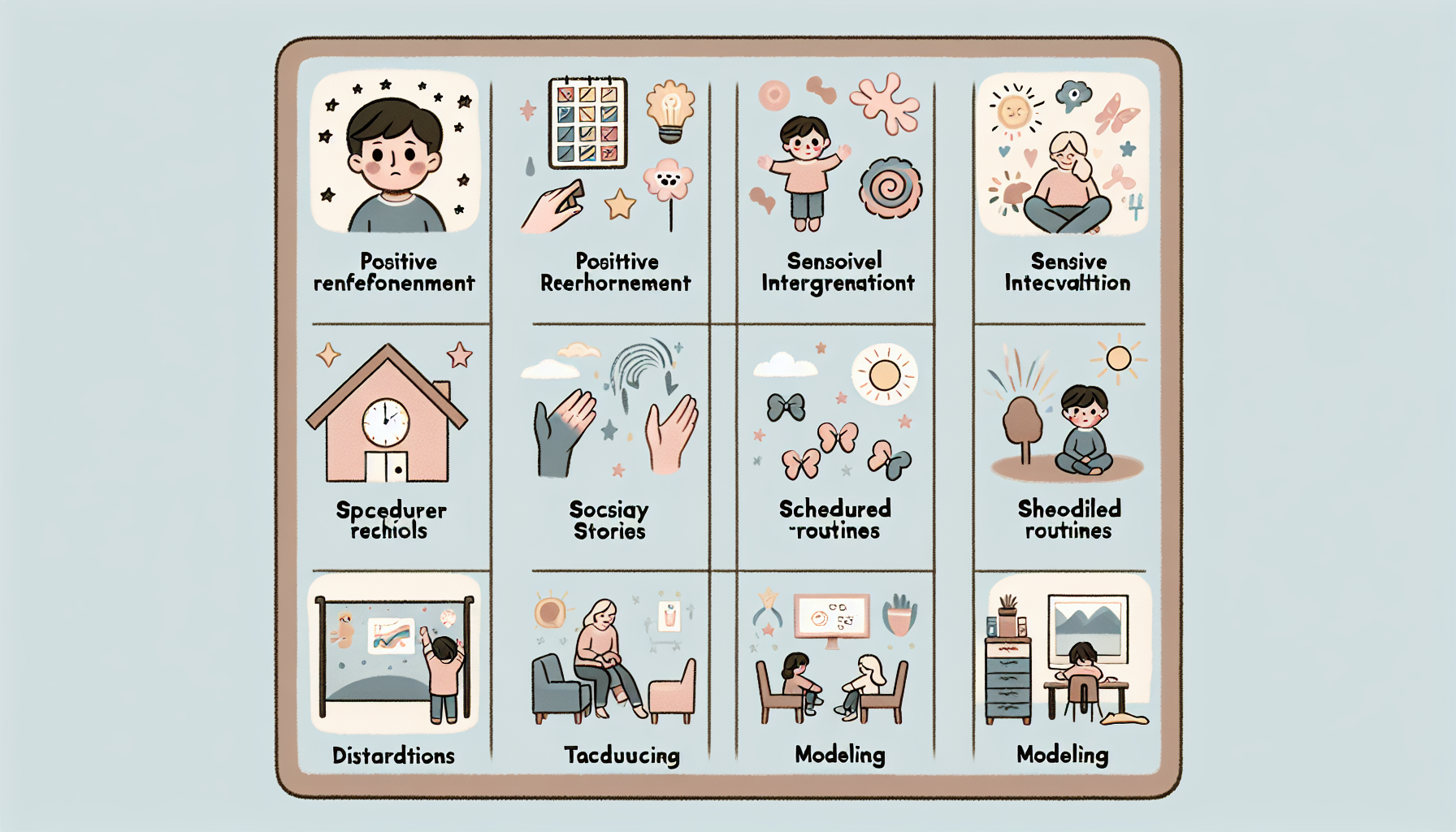

.jpeg)
.jpeg)

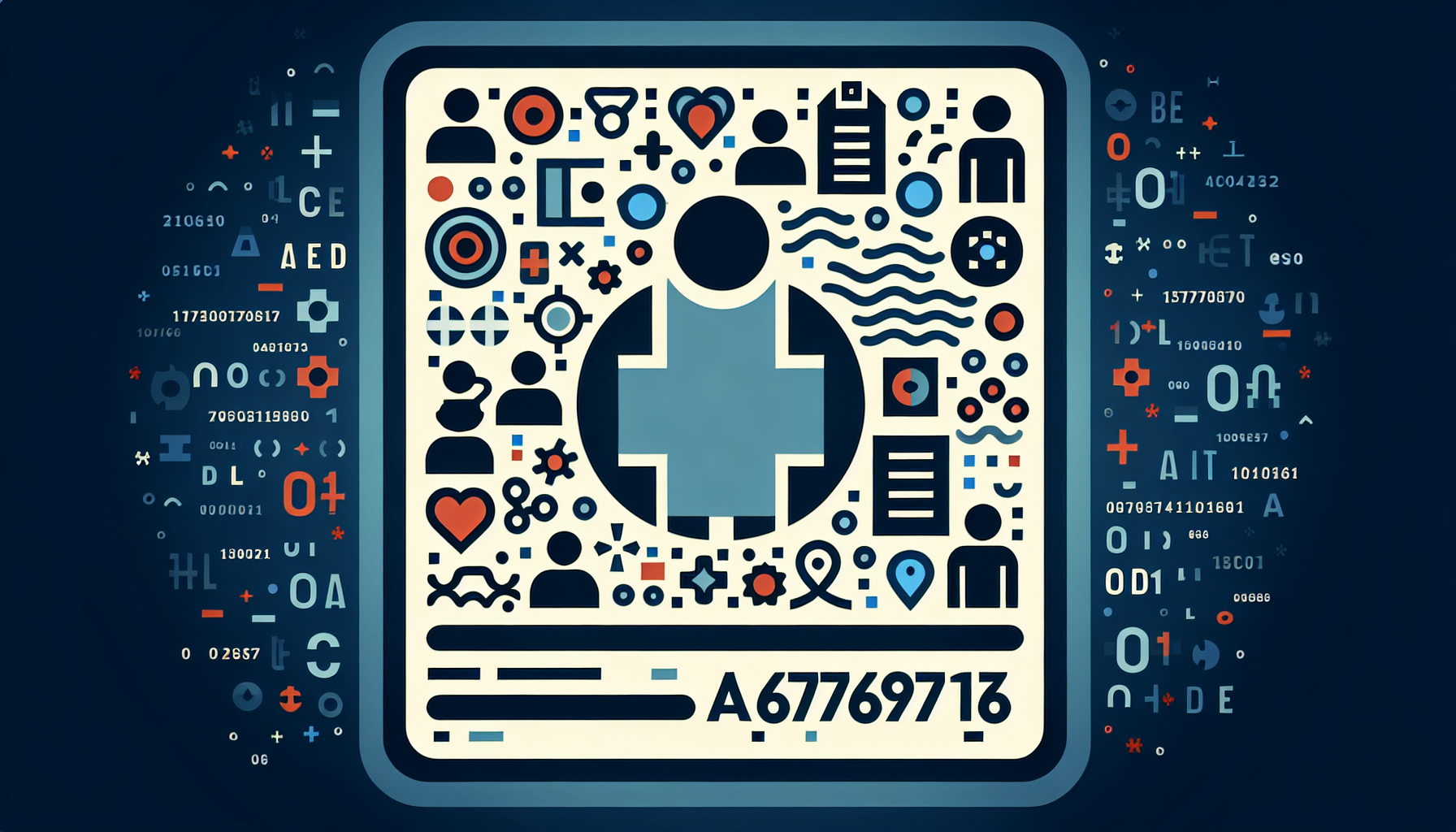

.jpeg)




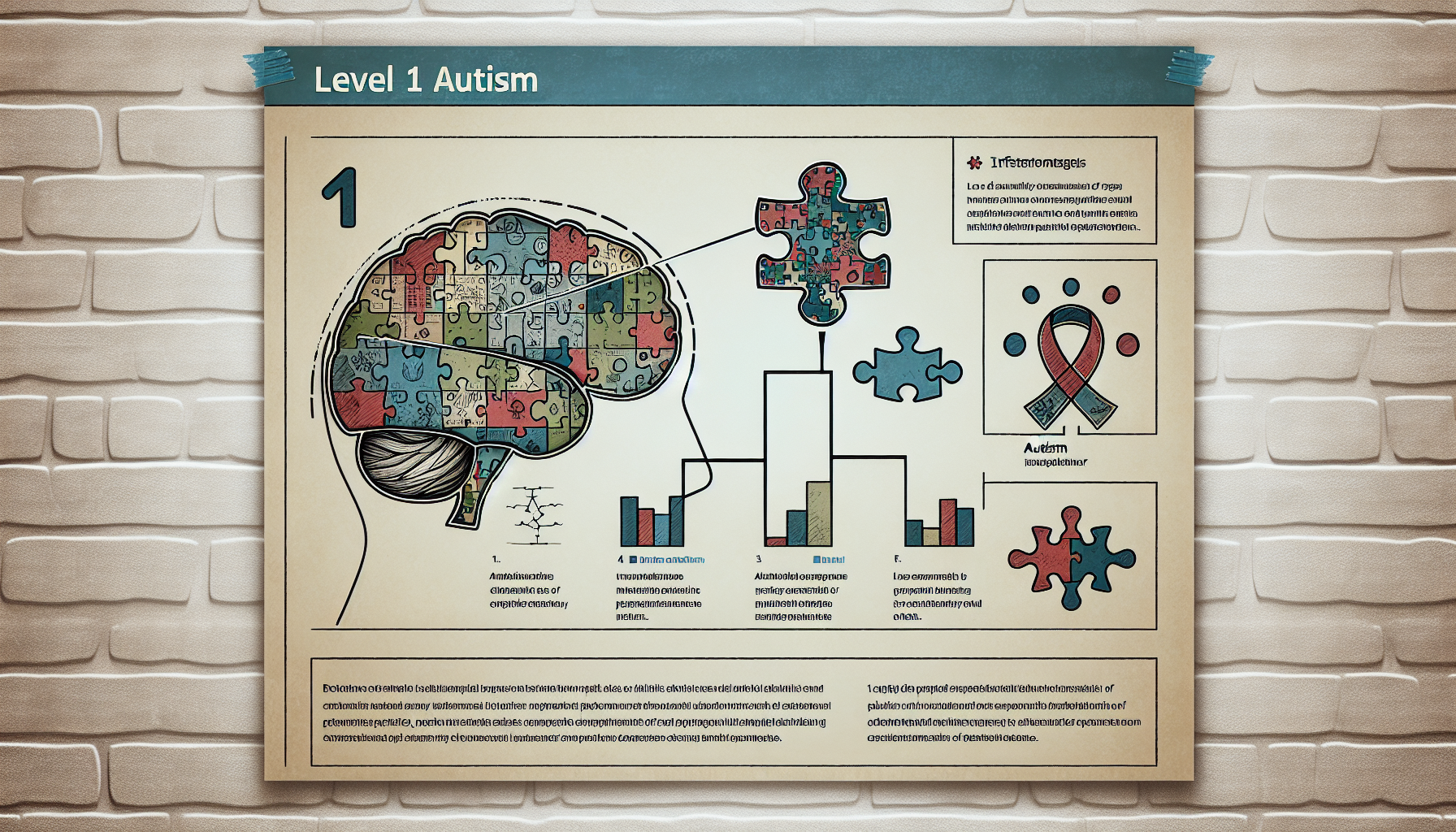


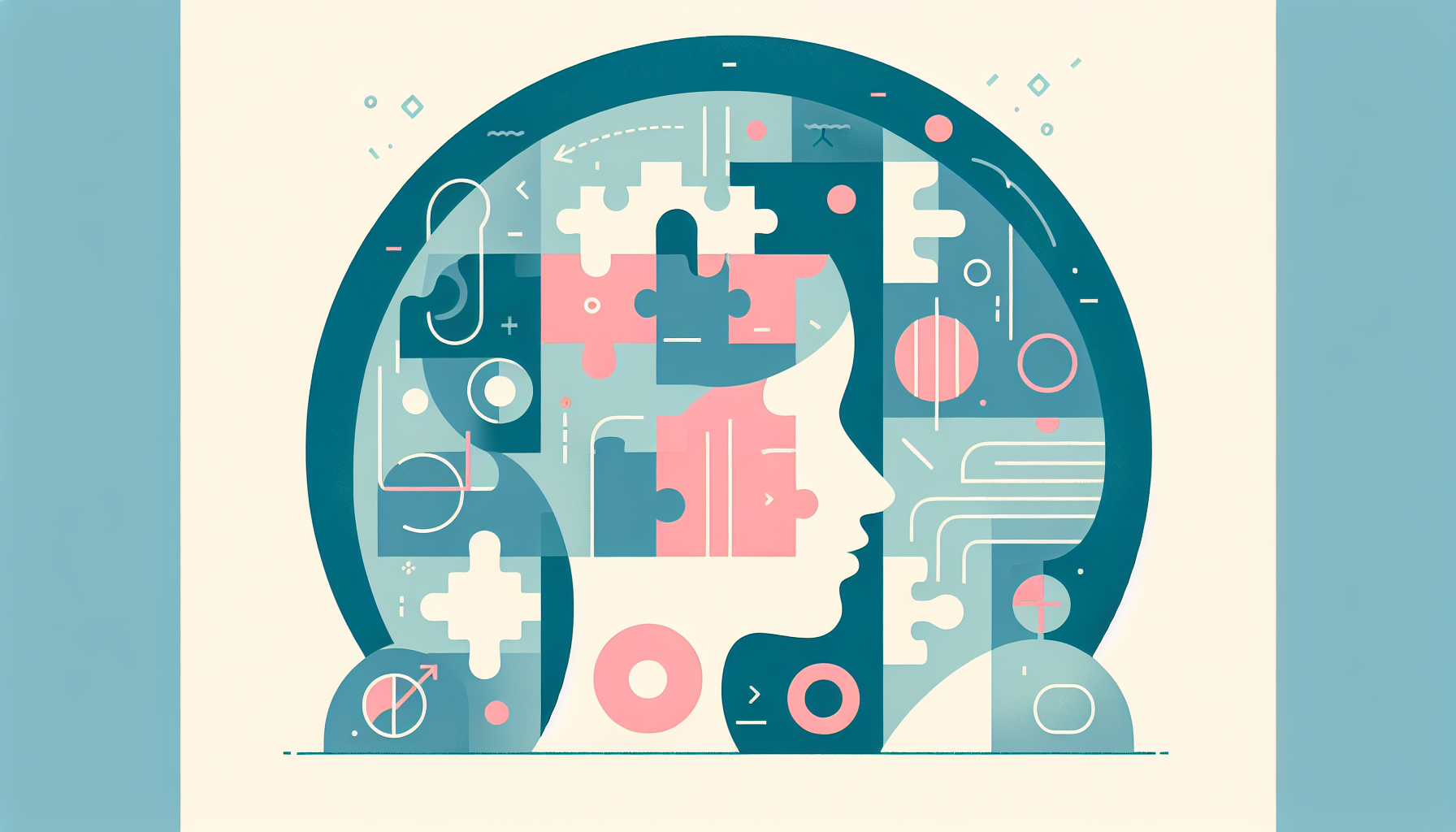








.jpeg)
.jpeg)
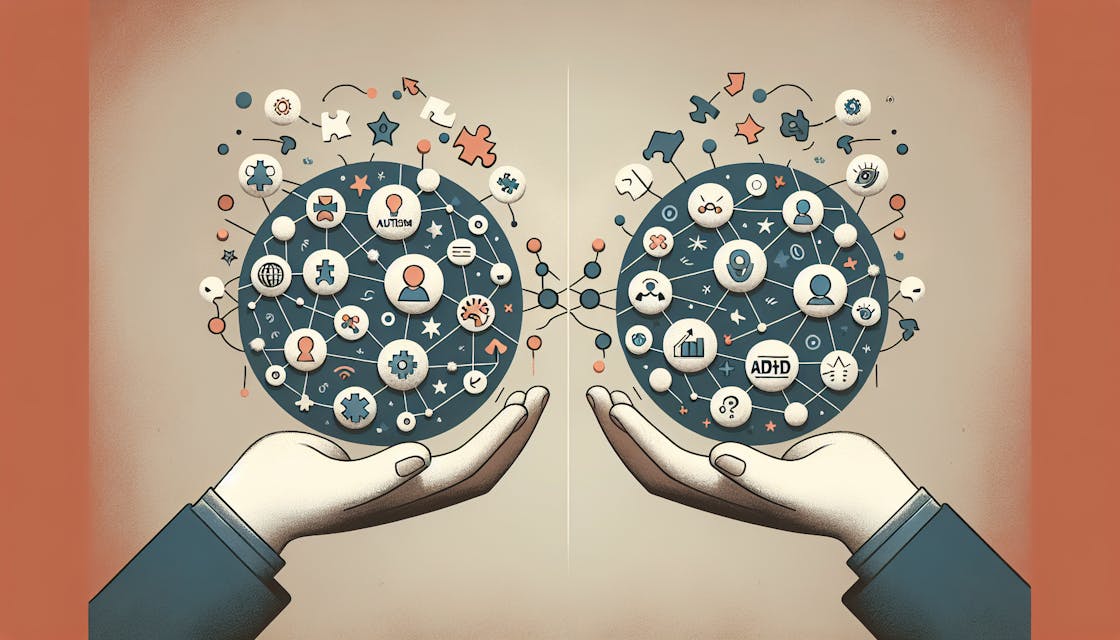


.jpeg)
.jpeg)
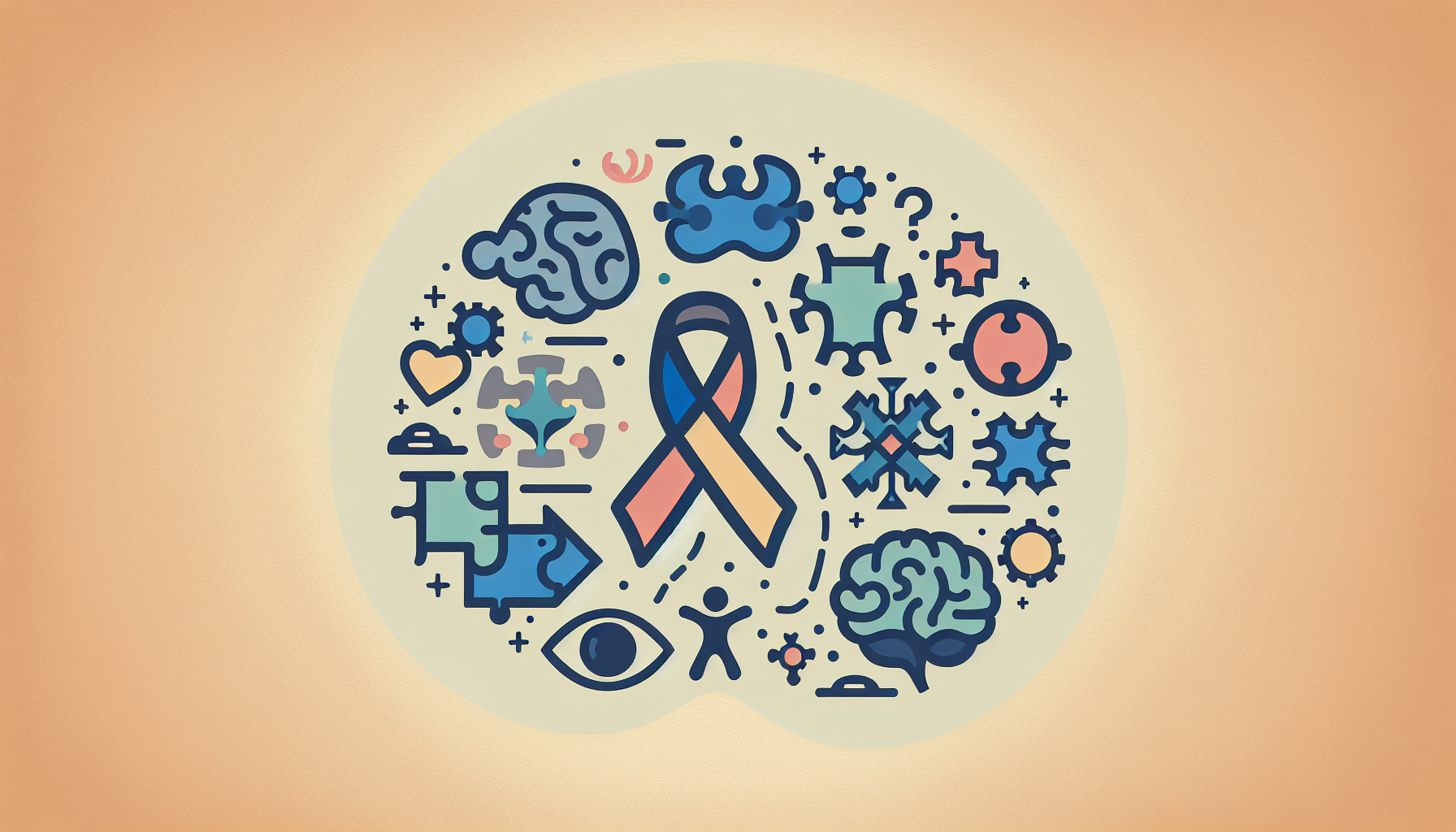






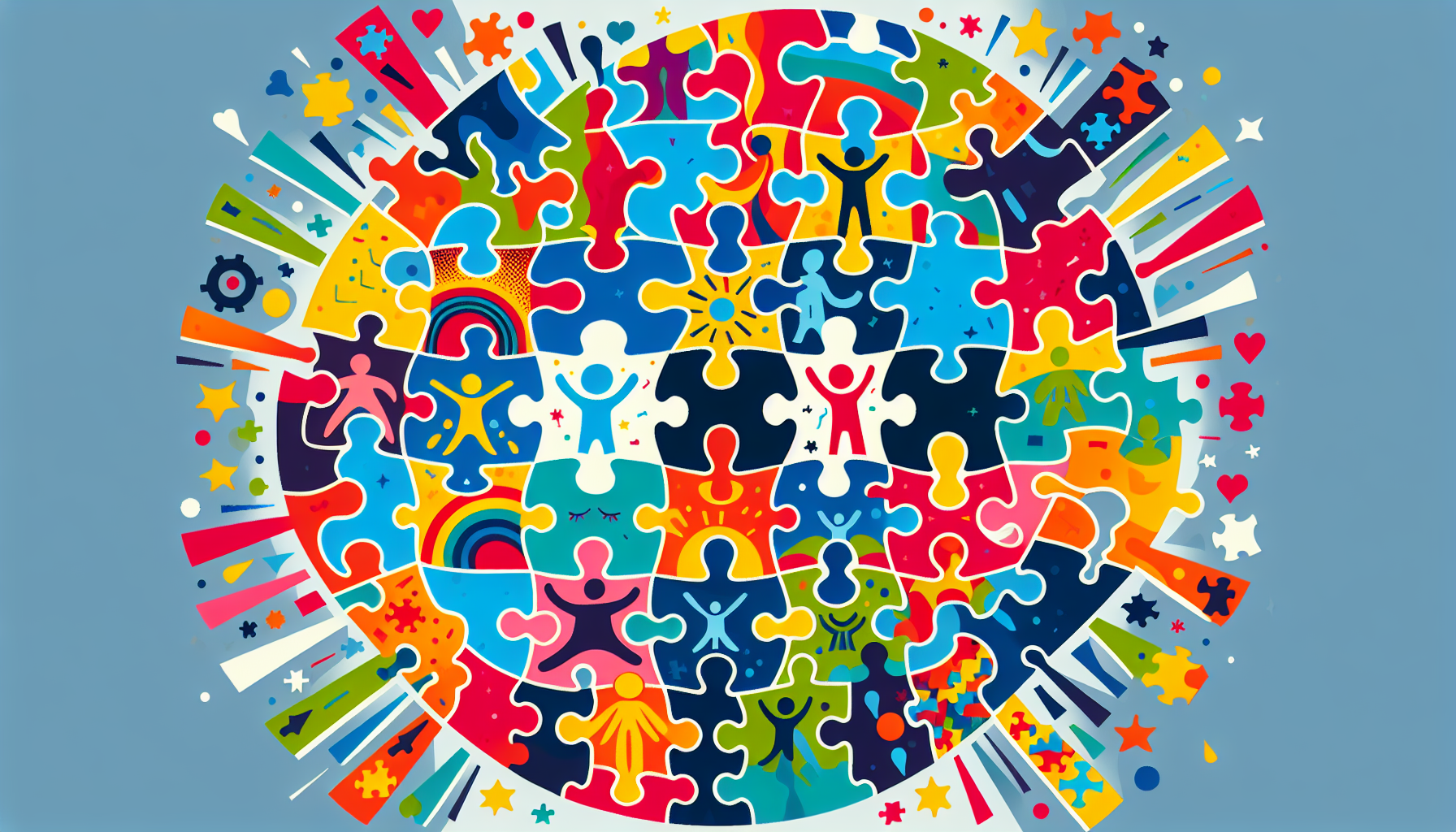



.jpeg)



.jpeg)



.jpeg)
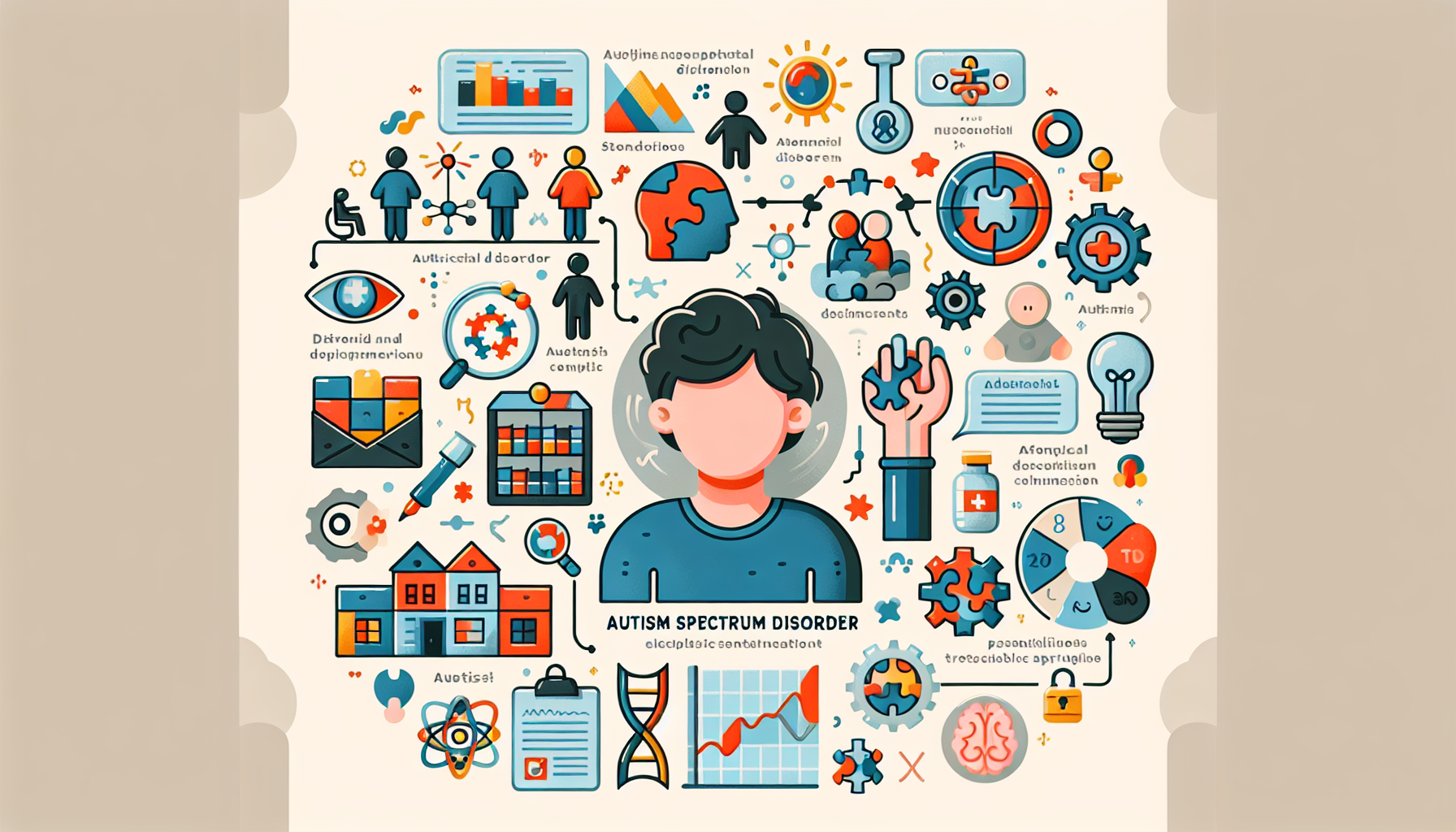


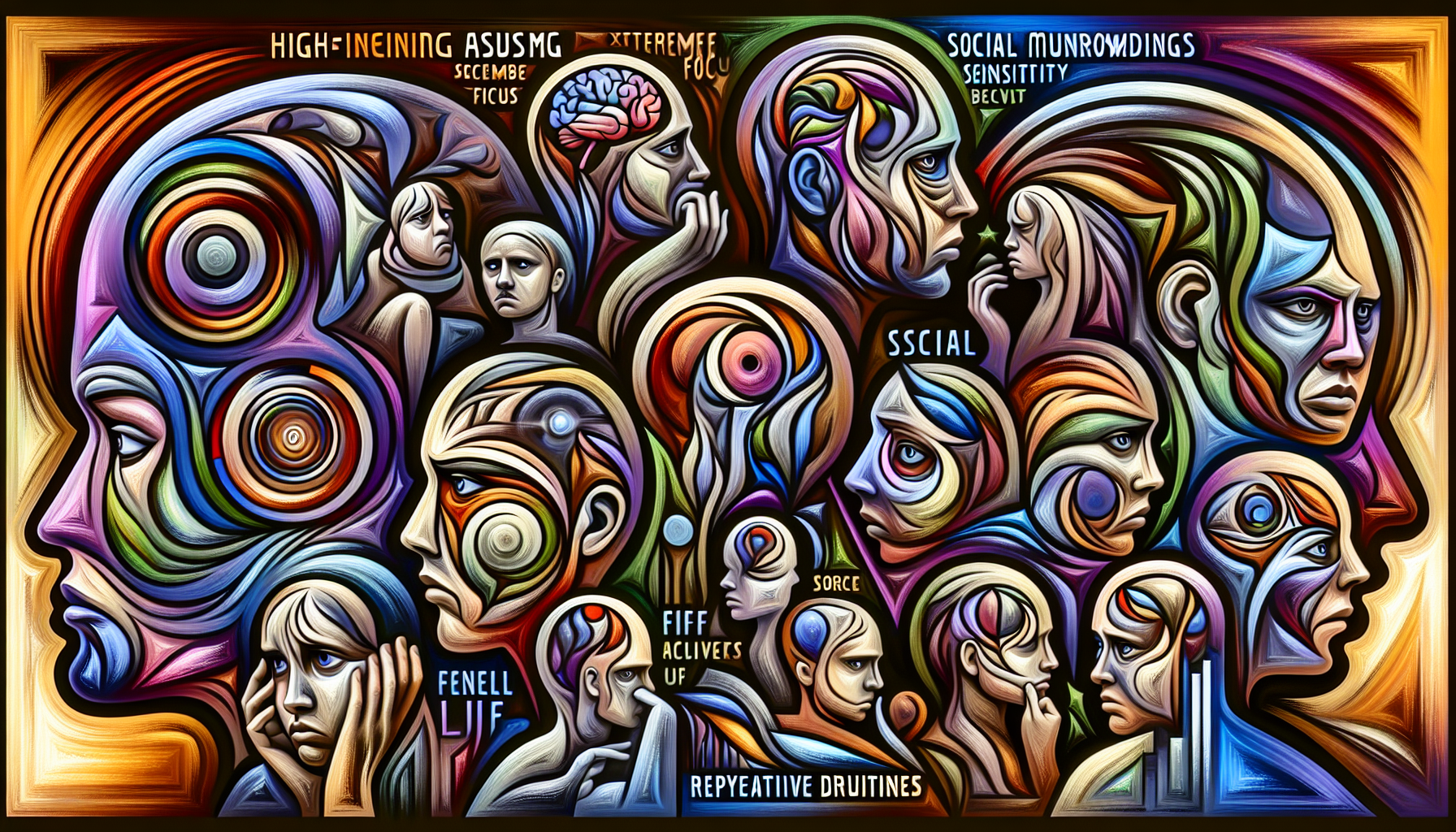

.jpeg)

